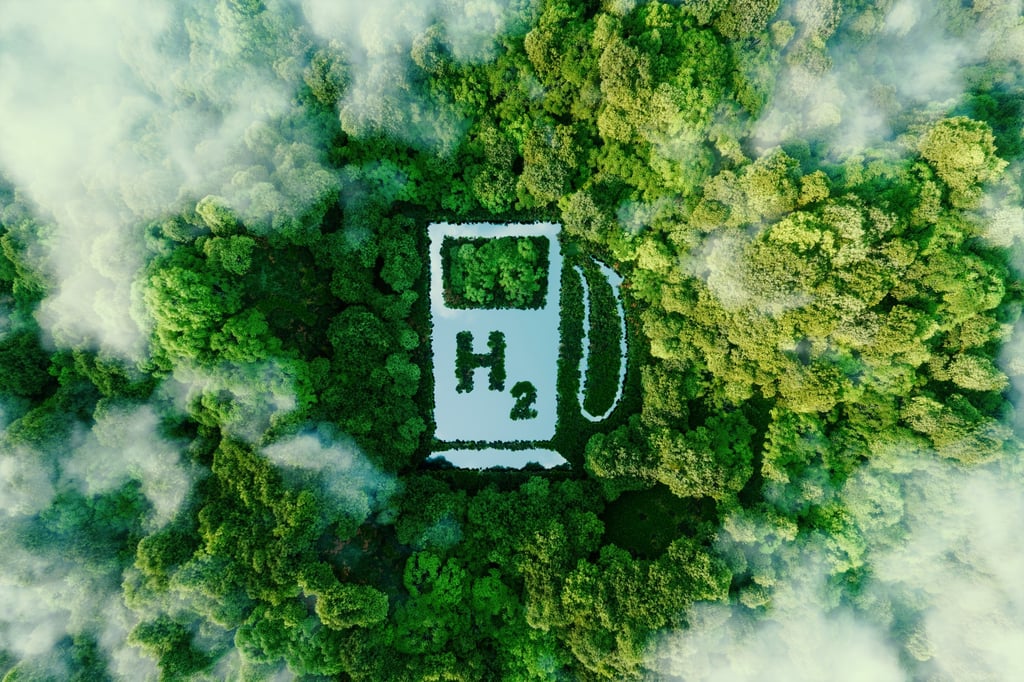China’s Sinopec says world-leading green hydrogen project will take longer than expected to ramp up
- The Kuqa project in Xinjiang province will take nearly two years longer than expected to reach its full capacity, the refiner says
- Problems at the plant would be a blow to China’s strategy to increase the use of green hydrogen to achieve its carbon-neutrality goals

The world’s largest green hydrogen project will take nearly two years longer to reach full capacity as its Chinese operator struggles with the technology seen as important to cutting emissions from heavy industry.
China Petroleum & Chemical said last week that its Kuqa project in Xinjiang province would only reach its full annual capacity of 20,000 tonnes in the fourth quarter of 2025, after previously saying it expected to hit that rate upon completion. At full capacity, the facility’s hydrogen output would eliminate fossil fuel burning equal to 485,000 tonnes of carbon-dioxide emissions per year.
The state-owned refiner, better known as Sinopec, announced a full commissioning of the project at the end of August, with 260 megawatts of electrolysers powered by renewable energy producing the carbon-free gas that would be sent to the nearby Tahe oil refinery.
Problems at the project would be a blow to global green hydrogen production, which is expected to rise almost exponentially from just 0.1 million tonnes in 2023 to 51.2 million tonnes by 2030, according to BloombergNEF. The gas, which is made using renewable energy such as solar and wind and only produces water and oxygen when burned, is seen as vital in reducing emissions from energy-intensive sectors including oil refining and steel making.

Sinopec said in a December 25 statement that production started on June 30, and that around 22 million cubic metres of green hydrogen had been produced by December 21. That is roughly 2,000 tons for an annual utilisation rate of about 20 per cent last year. The company did not respond to an emailed request for comment.
